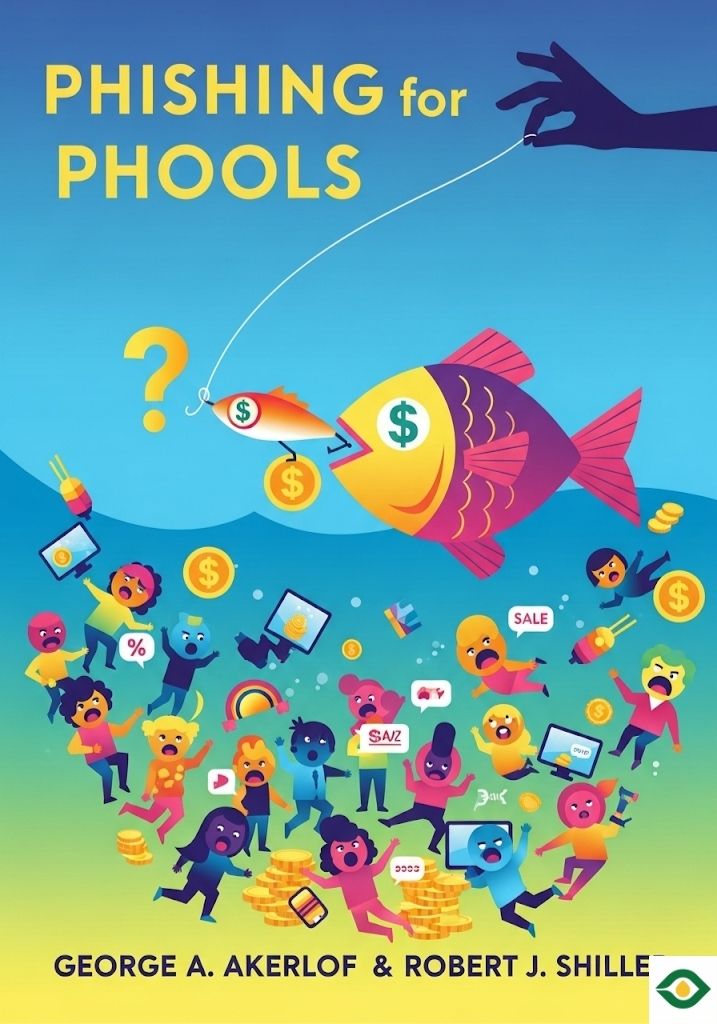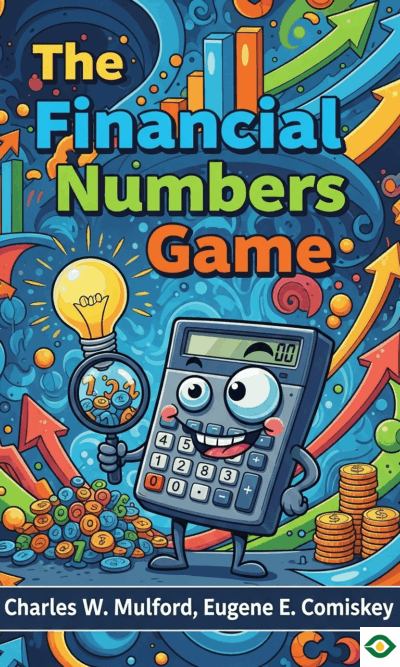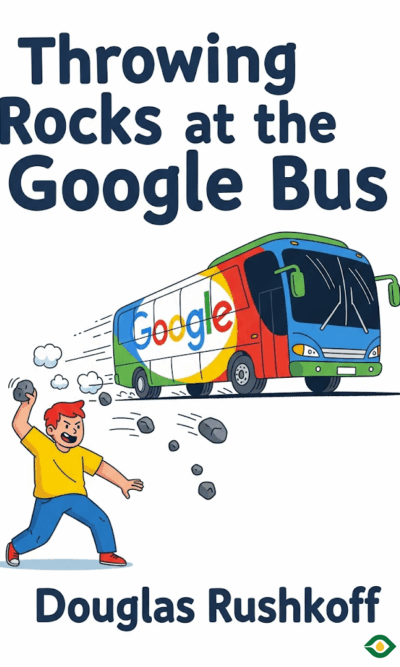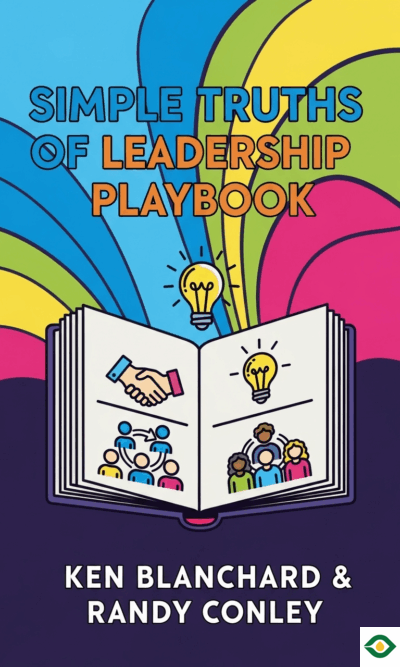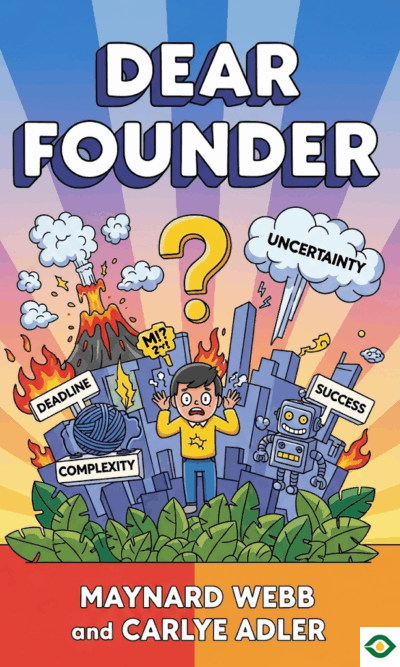Description
In our everyday lives, we believe we make choices freely. We go to the grocery store, buy medicine, pay bills, and maybe relax with some entertainment. But beneath these simple actions lies a hidden reality: we are constantly being influenced, nudged, and sometimes deceived. Phishing for Phools reveals how markets and institutions often exploit human weakness, guiding people into decisions that may not serve their best interests.
The authors call this process “phishing,” a deliberate attempt to trick or tempt people into actions that benefit someone else. Those who fall for it are called “phools.” The term may sound lighthearted, but the results are anything but. In free markets, phishing is not rare or accidental—it is built into the system. Wherever profit can be made by exploiting emotions, ignorance, or temptation, phishing will exist.
A classic example can be seen in how supermarkets are designed. Essential items like milk and eggs are placed at the far end of the store. This is no accident. Customers must walk past shelves filled with snacks, drinks, and other tempting products. Many end up buying more than they planned. This is a small but clear case of manipulation. In bigger ways, the same principle applies across industries, from finance to healthcare to politics.
The 2008 financial crisis is a striking case of phishing at a massive scale. Before the crash, credit rating agencies—trusted institutions like Moody’s and Standard & Poor’s—enjoyed strong reputations. Investors relied on their ratings to judge financial products. But behind the scenes, banks pressured these agencies. If a rating agency gave poor grades to risky investments, the banks could simply go elsewhere. To keep business, agencies began giving top ratings to products that were actually full of hidden risks. In other words, they mined their reputation, trading trust for short-term profit. Investors were misled into thinking they were buying safe assets when, in reality, they were purchasing dangerous ones. When the truth surfaced, markets collapsed. Millions of people lost homes, jobs, and savings—all because of systematic phishing.
But manipulation is not only financial. Advertising thrives on the human tendency to think in stories. Rather than just listing facts, ads create emotional narratives. Take the example of oranges marketed as “sun kissed.” These two words carry warmth, joy, and love. They shape the way consumers feel about the fruit, far beyond its actual taste or price. Similarly, credit cards have been shown to change spending behavior. Studies reveal that people spend more, and even tip more generously, when paying with cards instead of cash. Businesses encourage card use because it benefits them, even though it may leave customers with higher bills and debt.
Phishing also appears in politics, where information is often incomplete or intentionally unclear. Voters rarely have the time, energy, or expertise to fully analyze laws and policies. This leaves them vulnerable. For instance, the 2008 bailout bill, passed during the financial crisis, contained language that even experts struggled to interpret. Most citizens had little idea of what they were supporting or opposing. In this way, voters became “information phools,” easily swayed by slogans or surface-level arguments.
Healthcare offers another powerful example. Pharmaceutical companies, motivated by profit, sometimes present biased or incomplete research to make their products look better than they are. A striking case was the painkiller Vioxx, which early company-funded studies praised as a breakthrough drug. Later, independent research showed that it carried severe risks, including the potential for heart attacks. Yet during its time on the market, Vioxx generated billions of dollars in sales, while patients remained in the dark about its dangers.
Innovation, often celebrated as progress, can also open doors for phishing. Airlines, for instance, discovered they could charge passengers for the privilege of boarding earlier. They created new classes of boarding priority, feeding people’s desire for status. Customers now compete to collect miles, buy upgrades, and chase artificial rankings—all generating extra revenue for airlines. Tobacco companies used innovation even more destructively. The invention of machines that rolled cigarettes faster and cheaper made smoking widely available. At the same time, the industry launched campaigns to glamorize smoking, tying it to ideas of sophistication and independence. When science later linked smoking to cancer, tobacco companies hired their own “experts” to sow doubt, keeping customers hooked despite the deadly risks.
The book also shows that phishing is not unbeatable. Systems of standardization and strong laws can protect consumers. For example, the U.S. Department of Agriculture created clear rules for grading wheat, preventing sellers from mislabeling poor-quality grain as premium. Similarly, commercial codes require honesty in contracts, shielding ordinary buyers from traps hidden in fine print. These safeguards don’t eliminate phishing entirely, but they make it harder for companies to deceive without consequence.
Still, the most important defense lies with individuals. Awareness is a powerful shield. When people understand how markets exploit temptation, stories, and incomplete information, they can take steps to protect themselves. One useful method is financial discipline. By following rules like the 50-30-20 budget—spending half of income on necessities, 30 percent on wants, and 20 percent on savings—individuals create boundaries that make it harder to be manipulated by impulsive desires or persuasive ads.
The central message of Phishing for Phools is simple but unsettling: free markets do not automatically lead to rational, fair outcomes. Instead, they often thrive on exploiting weakness. For every innovation that makes life better, there may be another designed to trick or tempt. For every trustworthy reputation, there may be hidden cracks where profit takes priority over honesty.
Whether we are buying food, casting a vote, or choosing a medicine, the possibility of being phished is always present. This does not mean we should reject markets altogether. Instead, it means we must approach them with open eyes. By recognizing the ways we are targeted, by supporting fair regulations, and by managing our own impulses, we can avoid becoming phools.
In the end, the book reminds us that freedom of choice is only meaningful when paired with wisdom. Without awareness, choice can become an illusion, carefully shaped by those who profit when we stumble. But with knowledge, discipline, and a healthy dose of skepticism, we can navigate the marketplace more safely—and keep from being hooked by the many phishers waiting with bait.

